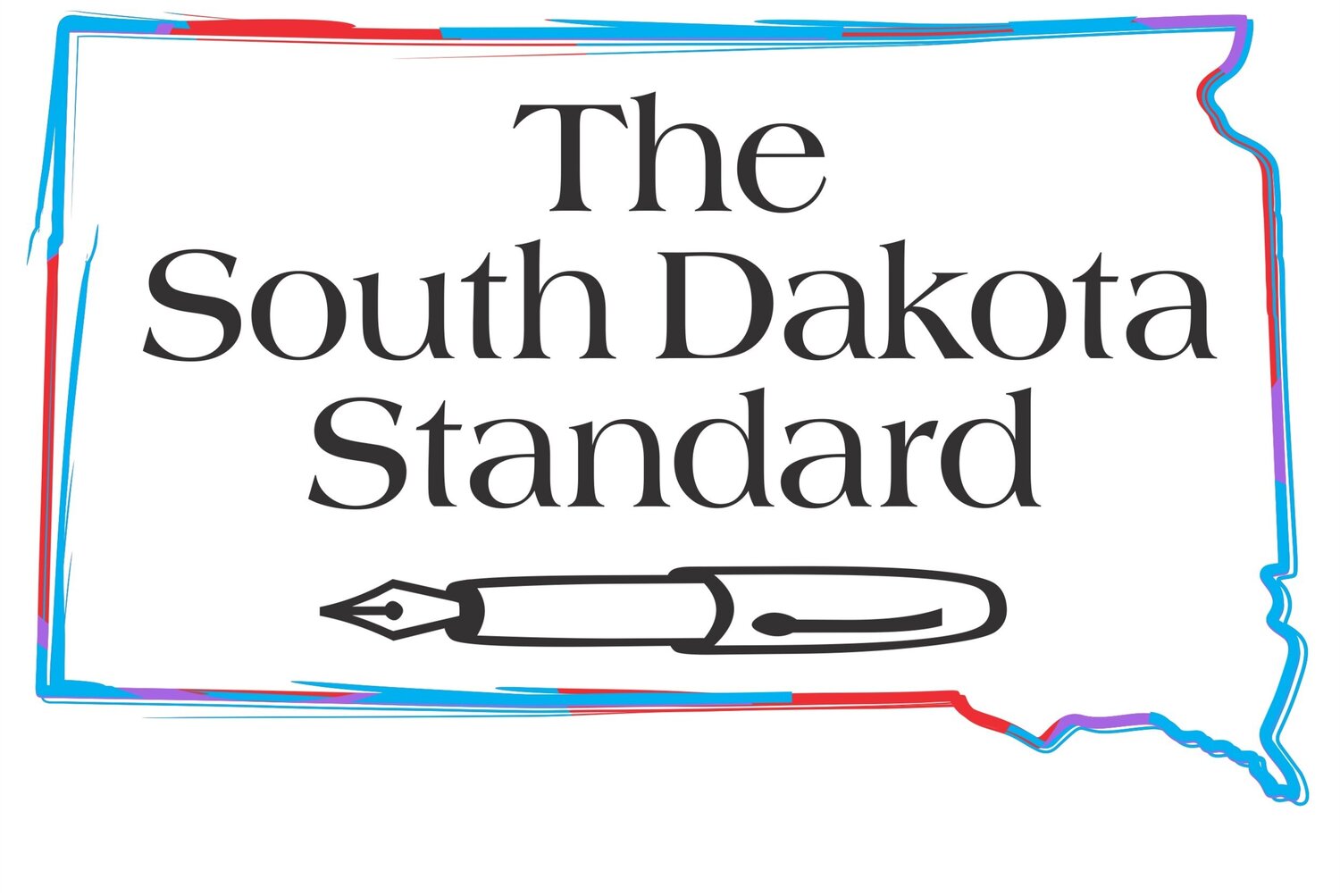Railroad veteran: Building ‘railroad to nowhere’ through South Dakota makes no sense, should not be considered
There are 15 proposed long-distance passenger train routes before the Federal Railroad Administration to study. Of all the proposed routes, the route across South Dakota has the least amount of merit at zero.
It is circuitous, serves a small population base, and would require billions and billions of dollars for infrastructure. All 520 miles of track (including, above, in a 2017 public domain photo posted on wikimedia commons, the underside of a bridge carrying railroad track across county road 452 Ave in rural Roberts County, South Dakota) within the state of South Dakota is dark (unsignaled) territory with nearly 50% of that mileage boasting a current track speed of 25 MPH or much less — down to 10 MPH in locations west of Fort Pierre where chronic subgrade instability has haunted the route since its inception, and could require construction of a completely new right-of-way.
The route includes an additional 200+ miles of dark territory in Minnesota, Nebraska and Colorado, and would require (provided expensive connecting track was not built) reverse movements at Sidney, Nebraska and Cheyenne, Wyoming. Other than a few states in New England, South Dakota has the worst rail freight infrastructure in the 48 contiguous states. This is not by plan or neglect, but rather simply a result of geography.
With an exception of rail cars using the two BNSF main freight routes which skirt the state through Edgemont (not part of this proposal) and Garretson, and those to and from the American Colloid bentonite facility at Colony, Wyo., no rail shipments in the United States require traversing the state of South Dakota to arrive at their destination.
As such, just about all freight traffic within South Dakota is en route to or coming from an online business within South Dakota. The proposed passenger route in South Dakota currently has minimal meet/pass capacity, which corresponds to its low traffic levels (one or two trains per day on average). One of the benefits of investing in passenger train infrastructure touted by passenger train advocates is that said infrastructure increases fluidity for rail freight traffic, too, and could also coax shippers to use freight rail instead of trucks, which is favorable to the environment and makes our highways safer.
But in South Dakota, no such benefits would occur despite spending billions on this route because all traffic within the state would continue to gravitate to other states to take advantage of routes with superior operating characteristics. The projected route between Pierre and Alliance, Neb., has numerous steep grades at approximately 1.5%, making the route undesirable for unit trains, and indeed, the track on the Rapid City, Pierre and Eastern railroad west of Pierre cannot accommodate standard 143-ton cars.
And if that’s not enough, should Amtrak service ever come to South Dakota, the state loses its “Special Transportation Circumstances” grants. These grants are offered to the states of Wyoming, Alaska, and South Dakota in lieu of not having Amtrak service. With a large regional railroad and numerous short lines, South Dakota has come to rely on this money.
Here is how the grant money was distributed in 2023:
In this grant application cycle, $58.8 million was available for allocation. Approved STC grant applications and federal funding amounts include:
• Rapid City, Pierre and Eastern Railroad ($14,062,328)
• Dakota, Missouri Valley and Western Railroad ($17,600,360)
• Belle Fourche Economic Development Corporation ($837,440)
• Dakota & Iowa Railroad ($9,957,245)
• Ringneck and Western Railroad ($8,310,932)
• Sisseton Milbank Railroad ($3,241,040)
For example, the money for the RCP&E is to address part of the 10-MPH track in the Pierre Shale area between Philip and Fort Pierre; the Sisseton Milbank Railroad seeks to upgrade its route to accommodate 143-ton cars so that a new 110-car shuttle grain train facility can be constructed in Sisseton, reducing transit time for trucks current patronizing facilities in Twin Brooks, Rosholt, or Britton. (Track access to the Britton facility — opened in 2017 — was due largely to STC money.)
Regardless of the perceived economic benefit claimed by proponents of this passenger train route, it’s more likely that South Dakotans will be suspicious about anything that jeopardizes this crucial funding. Far from a “Build It And They Will Come” scenario, this route is a lose-lose proposition from the start, and like the bridge to the Ketchikan airport, would likely be labeled “the railroad to nowhere” even when not being built.
The FRA should be embarrassed for even placing this albatross in the study.
Mark Meyer is retired after spending 40 years in railroad operations at Burlington Northern and BNSF, most recently managing the locomotive fleet on North Operations, which includes all of the state of South Dakota.







